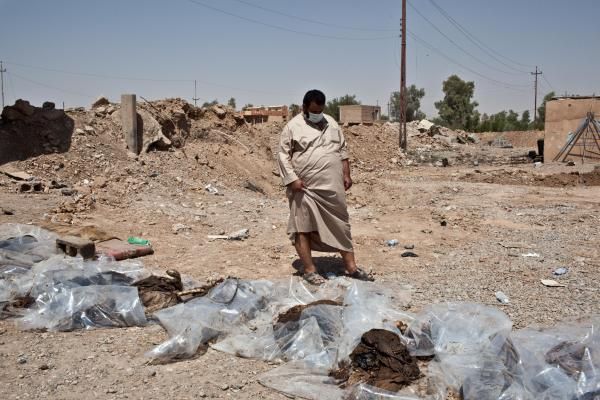On October 3, 2013, Mohammed, a sixty-year-old finance manager from Raqqa, in northern Syria, was driving a friend home after work when a black vehicle cut him off and four men wearing balaclavas bounded out. They were fighters for the Islamic State of Iraq and the Levant (now known simply as the Islamic State). “We just want to talk to you. It will only take five minutes,” one of the men said to Mohammed, who asked that I not reveal his last name. They blindfolded him and drove him to a building in the city center, where he was put in a windowless solitary cell. He was kept there for seven days, until he escaped.
Mohammed didn’t know who his kidnappers were. At the time he was taken, ISIL was only six months old. Control of Raqqa had passed from the Syrian regime to a handful of rebel militias — a few battalions allied to the Free Syrian Army, an Islamist brigade called Ahrar al-Sham, and Al Qaeda’s official affiliate in Syria, Jabhat al-Nusra (the Nusra Front) — that competed for power but cooperated in a single sharia-court system. ISIL, in a sign of its later ambitions, had recently broken from Nusra and the others and was quietly running its own sharia court and prison.
Read the rest of this story at Harper's Magazine online. (Note: The full story requires a subscription.)
